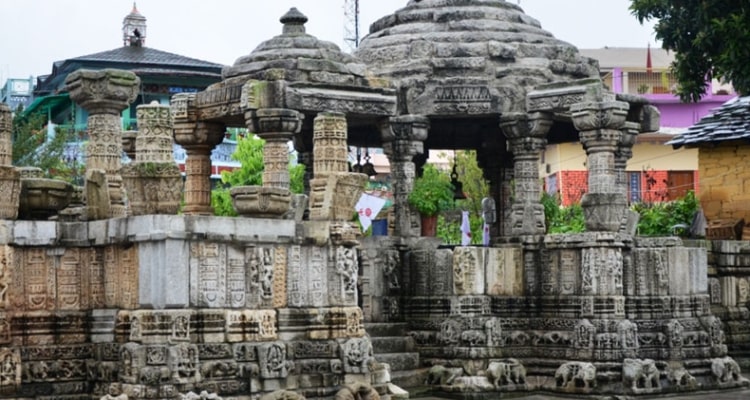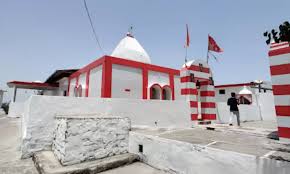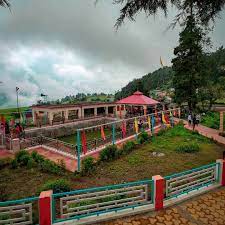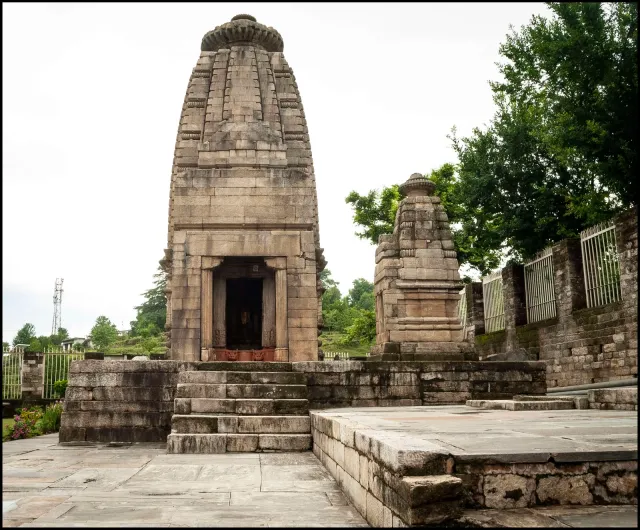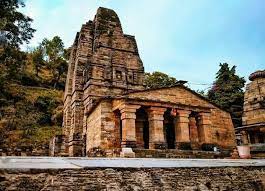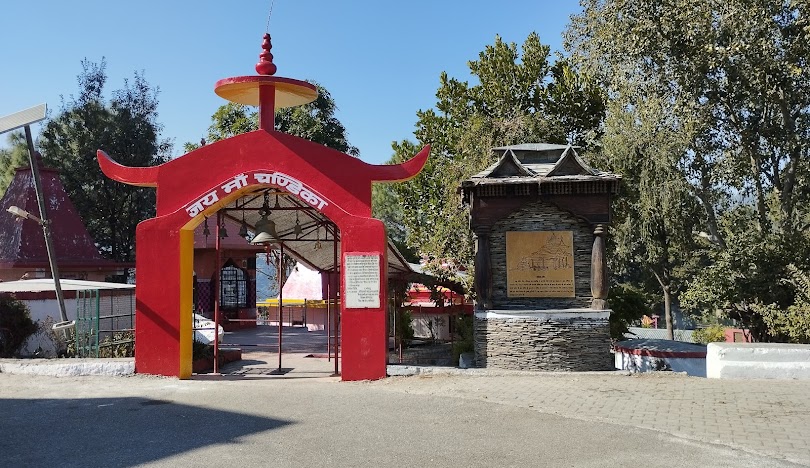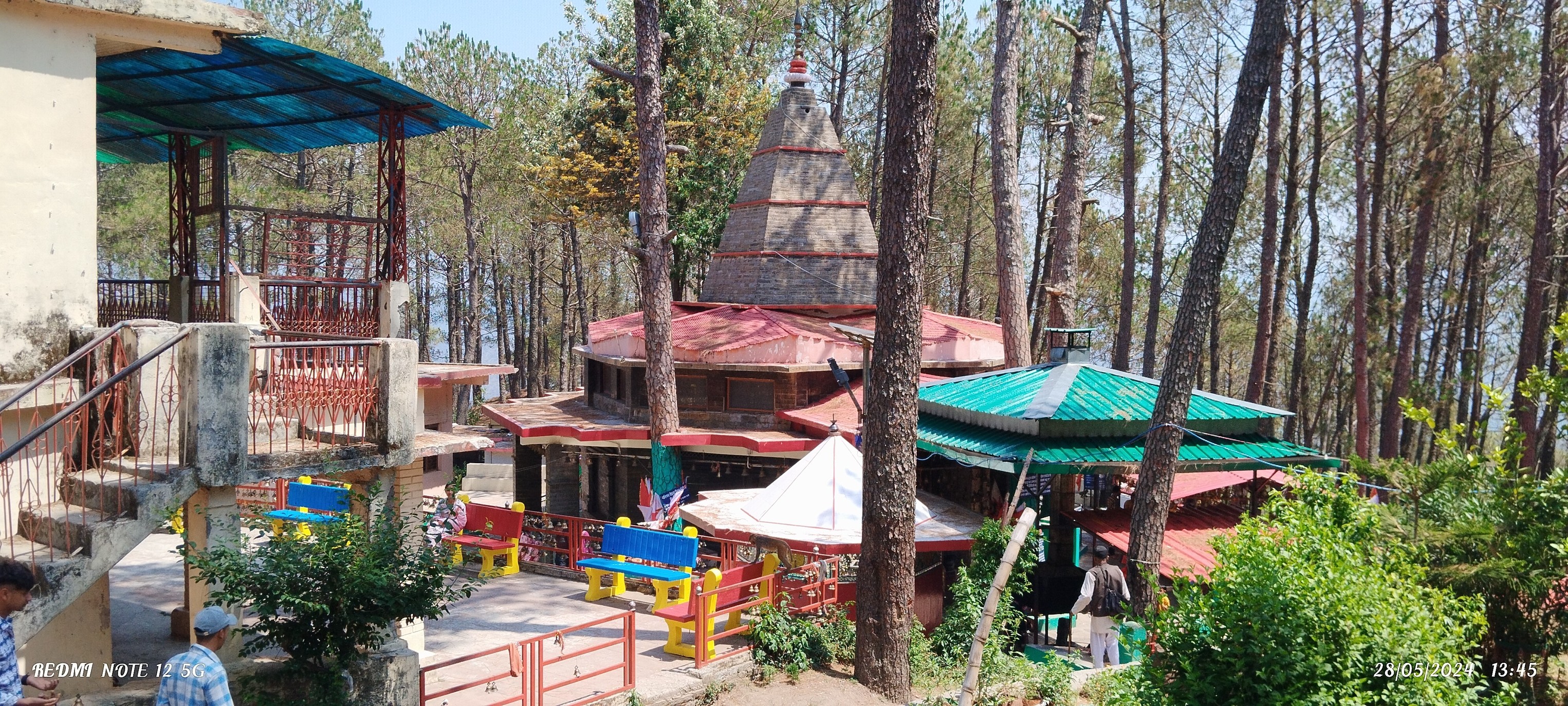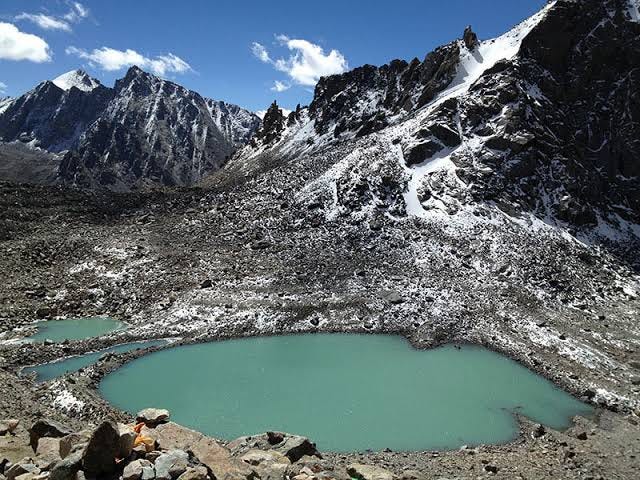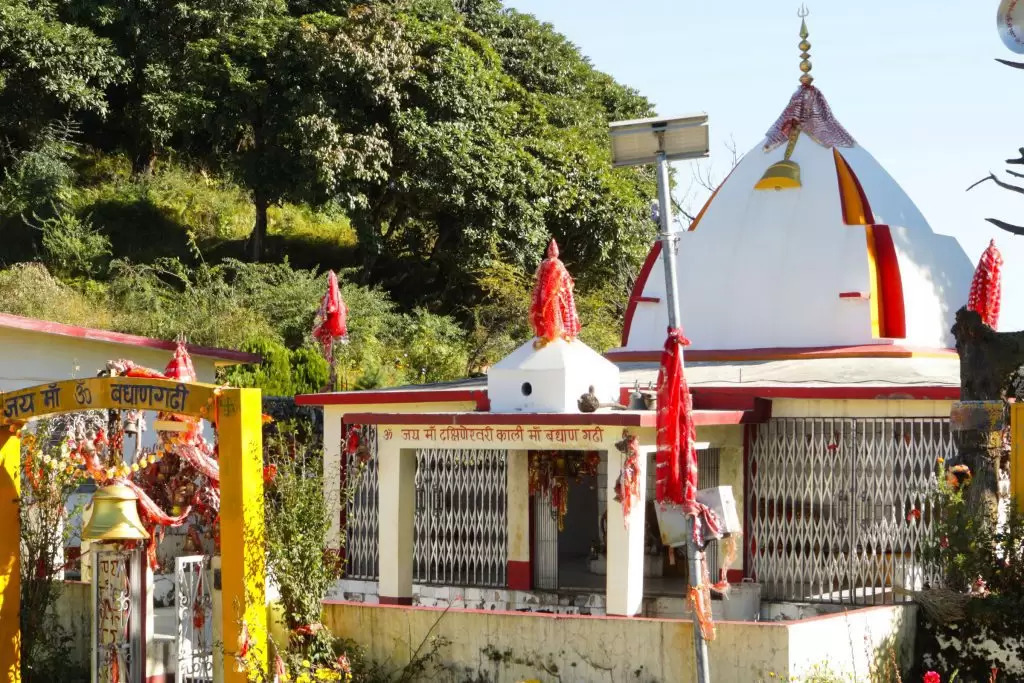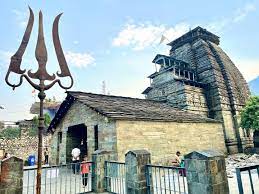First Walk into Champawat
Champawat is quiet in the early dawn. The sky is soft, pastel pink, mountain ridges edged in gold. You stroll through slim lanes, breathing mist and cold air. The streets are empty except for the occasional cow and the remote sound of temple bells.
Then you see it, on Tehsil Road, close to the district court. A temple growing gently over wooden beams and stone. Nagnath Temple (नागनाथ मंदिर) in Champawat appears like a mystery ready to be determined.
What "Nagnath" Means
“Nag (नाग)” approach snake, “Nath (नाथ)” manner lord. Shiva, who wears serpents around his neck, becomes Nagnath right here, the Lord of snakes. It’s no longer just a name. It will become seen in carvings, the way human beings communicate snake myths, and in devotion with threads tied for safety from snake bites.
Legend says that Guru Gorakhnath (गुरु गोरखनाथ) founded this temple many generations ago. In his yogic wanderings, he settled right here, felt Shiva right here, and constructed something from that feeling.
History & Ruins, Time and Love
Over time, Nagnath Temple has seen storms, invaders, neglect, and repair. In the 18th century, Gurkha and Rohilla forces damaged parts of it. Some wooden carvings rotted. Some sculptures cracked. But devotion refused to disappear. Locals kept repairing what they could.
The style of architecture is Kumaoni, with woodwork, stone base, and pillars carved with motifs of snakes, flowers, and devotees. The doorway is carved so finely that even someone with little eye for art stops to look. Two storeys. Tiny windows. The shikhara (spire) above catches the sun early in the morning, making it golden for a few minutes before clouds or haze mask it.
What the Temple Feels Like
You reach the temple by morning, steps still wet with dew. The air is cold. Mist floats in curves above the roof tiles. There’s a wooden veranda. You remove your shoes. The stone inside is cool under your feet.
Inside, the lingam (शिवलिंग) sits in silence. Devotees light दीप (deepa), place फूल (flowers). Someone murmurs ॐ नमः शिवाय. Bells ring in small cadence. Wood creaks. Smoke from incense drifts upward, mixing with sunlight that sneaks through a carved window.
Outside the courtyard, smaller shrines maybe to Bhairav, maybe to local devtas. You see threads tied around trees. Someone’s offering milk or water. Someone’s forehead smeared with चंदन (sandalwood paste).
The temple isn’t crowded. But that makes the presence heavier. It feels intimate. Even sacred.
Festivals, Snakes & Stories
During Mahashivratri, this place transforms. Devotees pour in. Lamps blaze. Bhajans echo off stone walls. The night is long. Fasting, vigil, chanting.
There’s a local belief: those who come here fearing snakebite, or who have been bitten, come to Nagnath and offer prayers. Some bring offerings after being saved. Some perform भोग (bhog) of milk and saffron.
On other days, the temple is gentler. On Mondays (सोमवार), especially in Shravan (श्रावण महीने), people come in groups. Women carry a मटका (pot) of water, children run around the hall, villagers share gossip, and laughter.
Architecture, Windows & Wood
Look closely. The woodwork on the window lattices has snakes carved. Serpents curling, their eyes small circles, scales etched. The doorway has motifs of Nag Devta, of Shiva’s trident (त्रिशूल).
The walls: stone base with wooden roof. The wood is seasoned. Many parts show repair some replaced beams, some fresh wood next to old. The two-storey height lets light fall in interesting ways: top-floor windows let early-morning sun in; the lower hall stays cool midday.
One wooden beam has carved names, maybe of people who restored it, maybe those who died. You trace fingers lightly over worn carvings.
How to Reach & Practical Bits
- The temple sits inside Champawat town, which is very accessible. On Tehsil Road, near the Tehsil office and district court. Walking distance once you reach the town centre.
- Nearest railway station is Tanakpur (टानकपुर रेल स्टेशन). Nearest airport is Pantnagar (पंतनगर एयरपोर्ट). From there, roads wind, but towns are connected.
- Best times: March to June and September to November. Monsoon season brings rain, slippery roads; winter’s cold bites.
- What to carry: a shawl or sweater. A small offering, flowers, milk, and incense. Water bottle. Shoes are easy to remove. Camera, if you want photos, but wait till after darshan.
Why This Place Means More Than Stone
Because here, history is not in plaques. It is in carved doors, in wood creaking, in snake motifs, in devotion that never left despite damage.
Because faith here is simple. Not for show. A few people, a few lamps. But each offering is heavy with meaning.
Because for a moment you feel connected: to past devotees, to folklore, to nature. You touch a stone carved centuries ago. You stand under the same sun.
Because this temple reminds you that sacred isn’t always big, sometimes sacred is small, steady, modest.
Closing
When I left Champawat, I walked away under a pink sky, temple silhouette behind me. Bells rang as I passed little shops. The mist lifted. Birds called.
I carried with me the memory of carved wood, of smoke, of prayers whispered softly, the feel of cold stone beneath my feet.
Nagnath Temple stays. Patient. Watching. Its snakes are not frightening; they are signs. Of protection. Of detachment. Of Shiva’s quiet power.
If you go, go gently. Let the temple speak by silence. Let your heart listen.

